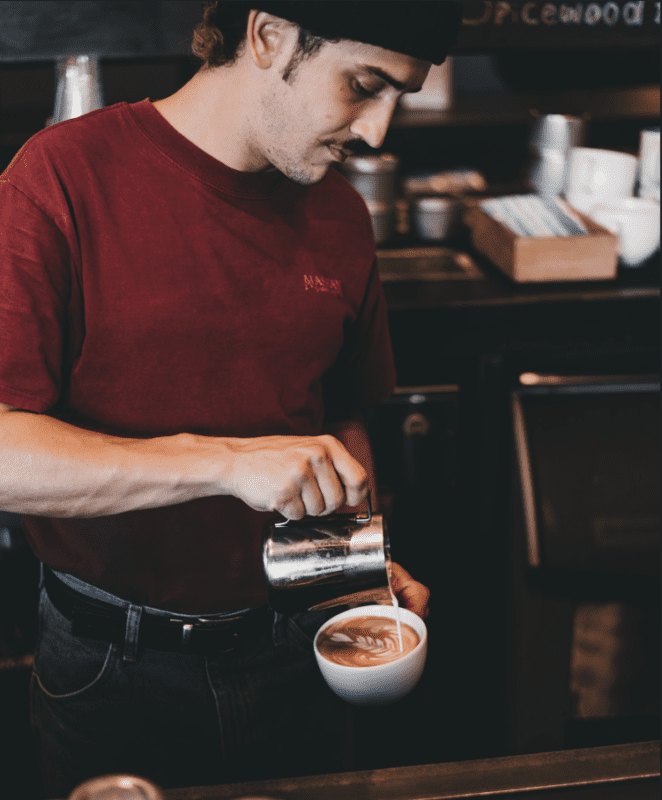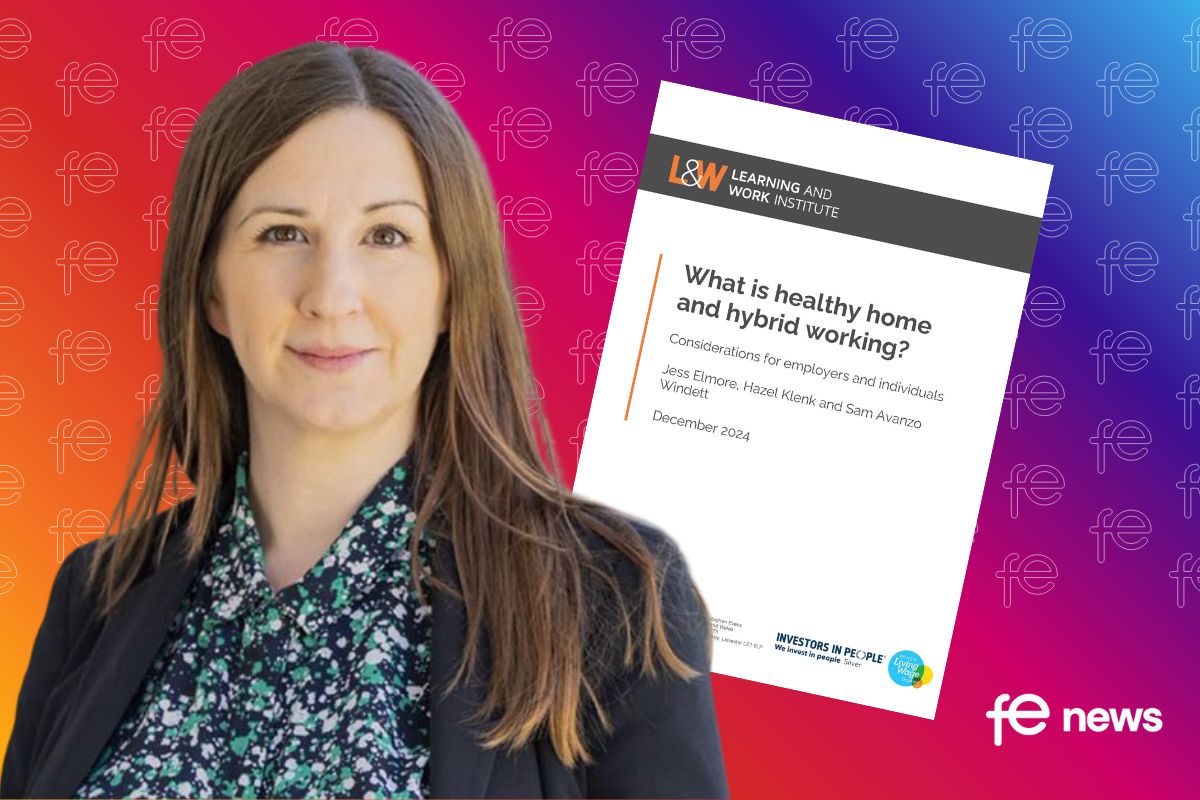How much money could work uniforms help staff save?

As the cost of living crisis continues, many businesses will be looking for different ways to support their staff financially. New research has revealed that those businesses that require their staff to wear a certain outfit for practical or aesthetic reasons, but don’t provide the uniform can see employees having to spend over £600 a year on just clothes and shoes.
With this in mind, ICON Printing, printing experts and suppliers of staff uniforms have calculated how much it costs on average to buy an entire work wardrobe per year in the UK- across five popular industries to illustrate just how much money business owners could be saving their staff by opting for a work uniform.
To calculate how much a basic yearly work wardrobe costs per person in each sector, ICON Printing analysed nine different high street and online shops to find the average cost per item across both women’s and menswear.*
- Education- £601
For the average teacher, a level of workwear formality is required within the workplace driving the average cost of a yearly wardrobe up. A standard teaching outfit might include a shirt and tailored trousers, a blazer and dress or even a suit, all items which require a larger individual investment. The diversity in day-to-day tasks that teaching demands also means that seasonally appropriate outerwear is required for playground duty or school trips.
- Construction and tradespeople- £584
Due to the physical nature of their work, people who work in construction and trades usually experience a high level of wardrobe wear and tear. As such, specialised clothing is required like tougher work trousers, jackets and safety boots so that each individual conforms to health and safety requirements. Before safety equipment like hard hats and gloves are even considered, just the clothing itself is a significant investment.
- Hospitality- £386
Most restaurants, cafes and bars require their employees to meet an aesthetic standard that reflects the establishment. However, when a uniform is not provided this can see staff having to purchase appropriate shirts, trousers and shoes which meet those expectations. Depending on the establishment this may require varying levels of formality and therefore cost.
- Beauty- £348
Those working in the beauty industry have strict rules around hygiene and the clothes that they wear must allow for these standards to be maintained. Therefore, most people choose to wear a tunic- depending on the business they work for, this may be required to be a particular colour or style. Coming in at a higher price point than a t-shirt, this specialised workwear increases the price of a yearly wardrobe.
- Retail- £329
Depending on the retailer, many companies will require their shop floor staff to conform to an aesthetic that fits in with the brand image, this may be casual or luxury depending on the business. However, if businesses aren’t willing to provide staff with a uniform or an allowance to purchase these items then staff will have to make an investment in their wardrobes to meet these standards. Subject to the brand image, this may require items to be purchased from specific shops which would therefore increase the cost further.
Finn Craig, aged 18, turned down a retail job in Newcastle due to being unable to afford the clothes that were required for him to work there.
Finn explains: “I applied for a retail assistant role at a popular but more luxury, high street store for a summer job however I had to turn the job offer down as I was expected to wear only the brands’ clothes and they were going to cost too much money. Even though they offered a discount to staff, it was still going to be too expensive for me to justify. I understand why the brand would want their staff to wear their clothes however for younger, temporary staff members like myself it puts us off accepting the roles.”
Christian Kaberg Managing Director of St Pancras Hotels Group Ltd believes that businesses should be providing their staff with uniforms for the following reasons:
“A suitably fitted uniform can strengthen the sense of belonging, making the person feel as if they are a part of a team. It also serves several practical purposes, apart from strengthening the brand, it also gives the employee an opportunity to switch on/off when coming/leaving work. And finally, it should take away the hassle of feeling anxious about what others wear, and the urge to constantly spend your own money on work-related matters.”
With over 12 years in the printing industry, Alex Econs, printing expert and founder of ICON Printing shares his thoughts on the benefits staff uniforms can provide and his top tips to consider when creating one.
Alex said: “Aside from the financial benefits for your staff, a uniform makes a statement about your brand, promotes pride in the workplace and even offers free advertising for your brand when your employees are on their way home.
“But to create a great staff uniform, there are two key considerations. The first step to designing a uniform is to understand what kind of workplace environment – or experience – you’re trying to create and how a uniform might fit into it. While having a uniform that looks good is important, don’t lose sight of the fact that it has a practical purpose too – it needs to be fit for the job at hand and communicate the right message to customers.
“Then you should consider your employees – who are you designing uniforms for? It’s always important to think about the demographic within your organisation. Are they younger? Older? Or a mix? It’s important to design a uniform that will compliment your workforce, but also to design an outfit they will enjoy – and be proud- to wear. Employees need to be happy with what they are wearing for work and it’s worth investing in it to create something they will feel proud to have on.”
To find out more about how to design a uniform, head to this expert guide to creating the perfect workwear: https://www.iconprinting.com/blog/designing-uniform-workwear-guide/











Responses